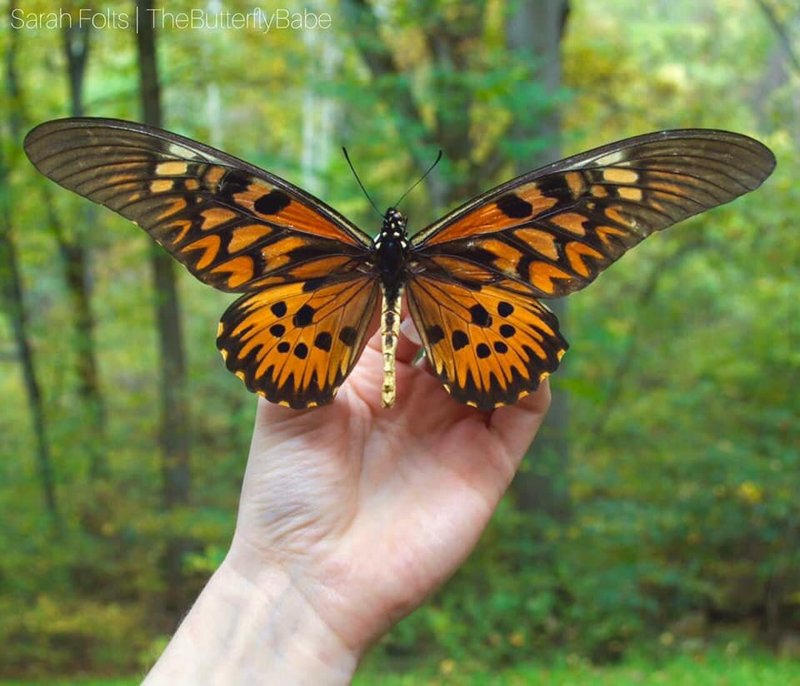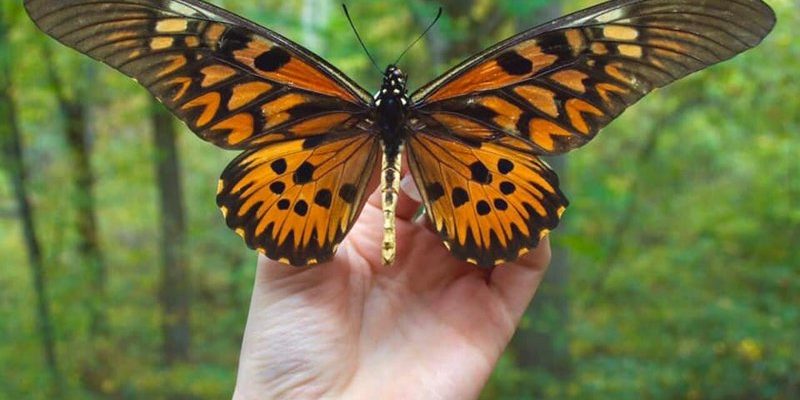
Let’s dive into the world of butterflies and explore whether they pose any threat to humans. This isn’t just a simple yes or no answer; it’s filled with fascinating details about butterfly behavior, their ecological role, and the few exceptions we should be aware of. So grab a cup of coffee, and let’s get started!
Understanding Butterflies and Their Role in Nature
Butterflies are incredibly diverse, with over 17,500 species found around the world. They play a vital role in our ecosystem, primarily as pollinators. Similar to bees, they help plants reproduce by transferring pollen from one flower to another. This process is essential for creating fruits and seeds, supporting plant life, and maintaining entire ecosystems. Imagine your favorite fruit—without butterflies, there would be fewer of them to enjoy!
However, butterflies are not all about pollination. They also serve as food for various animals, including birds and other insects. In this delicate balance of nature, butterflies contribute to the food web, supporting a variety of life forms. Honestly, when you see a butterfly, think of it as a short-term traveler on a significant journey, connecting different species along the way.
Are Butterflies Venomous or Poisonous?
You might be wondering, “Can butterflies harm me?” The good news is that most butterflies are neither venomous nor poisonous. They lack stingers or harmful chemicals that could pose a threat to humans. Instead, many butterflies have developed a clever defense mechanism: they are toxic to predators. For instance, the brightly colored Monarch butterfly stores toxins from the milkweed plants they consume as caterpillars. This bright coloration signals to birds that they’re not a tasty snack.
While these toxins won’t harm you, they can be dangerous if ingested. Luckily, you’d have to eat a lot of butterflies for it to be an issue—definitely not a common scenario! The only safety caution here is to admire them from a distance; chasing one too closely could lead to an unfortunate stumble into a bush or a flower.
When Butterflies Become Dangerous: A Few Exceptions
Though butterflies are generally harmless, there are a few exceptions. Some species can cause mild allergic reactions in sensitive individuals. For example, if you have a butterfly resting on your skin and you’re allergic to their dust-like scales, it might cause irritation. While it’s rare, it’s something to keep in mind, especially if you have allergies.
Furthermore, some rare tropical butterflies possess more potent venom, though interactions with humans are almost unheard of. One such example is the “saddleback caterpillar,” which can sting if handled. However, this is a caterpillar stage and not a full butterfly. If you’re venturing into areas known for unique species, it’s wise to do some research.
Butterflies and the Environment
Butterflies are a key indicator of a healthy ecosystem. Their presence often signifies a stable environment with plenty of diverse plant life. When butterfly populations decline, it’s a warning sign that something might be amiss, often indicating changes in climate or habitat destruction.
This interconnectedness highlights their importance. For instance, when you see butterflies in your garden, it’s not just about their beauty. It means your environment is thriving. Supporting butterfly populations by planting native flowers helps create a sanctuary for these delicate creatures. It’s a wonderful way to contribute to the overall health of your local ecosystem.
Butterfly Conservation and What You Can Do
Since many butterfly species are now at risk due to habitat loss and climate change, conservation efforts are vital. Creating butterfly gardens with native plants can offer them a safe space to thrive. Here are a few tips for your butterfly garden:
- Plant native flowers that provide nectar and food sources for caterpillars.
- Avoid pesticides, which can harm butterflies and other beneficial insects.
- Provide water sources to help them stay hydrated.
- Create shelter with bushes or tall grass for protection from predators.
By taking these simple steps, you can help attract and sustain local butterfly populations, ensuring that these beautiful insects continue to grace our gardens for generations to come.
Final Thoughts: Butterflies as Friends, Not Foes
In conclusion, butterflies are mostly harmless and serve as crucial players in our ecosystem. While they can have some minor allergic effects, the idea of butterflies being dangerous to humans is largely a myth. Instead, they are fascinating creatures with important roles in pollination and ecology. So the next time you spot a butterfly fluttering by, remember that it’s a beautiful part of nature’s tapestry—one that brings joy and beauty to our lives.
Let’s work together to protect these delicate beings and their habitats. After all, who wouldn’t want to enjoy the sight of butterflies dancing around in their garden? With a little effort, we can ensure a vibrant world for butterflies, along with the rest of the incredible life that shares our planet.

